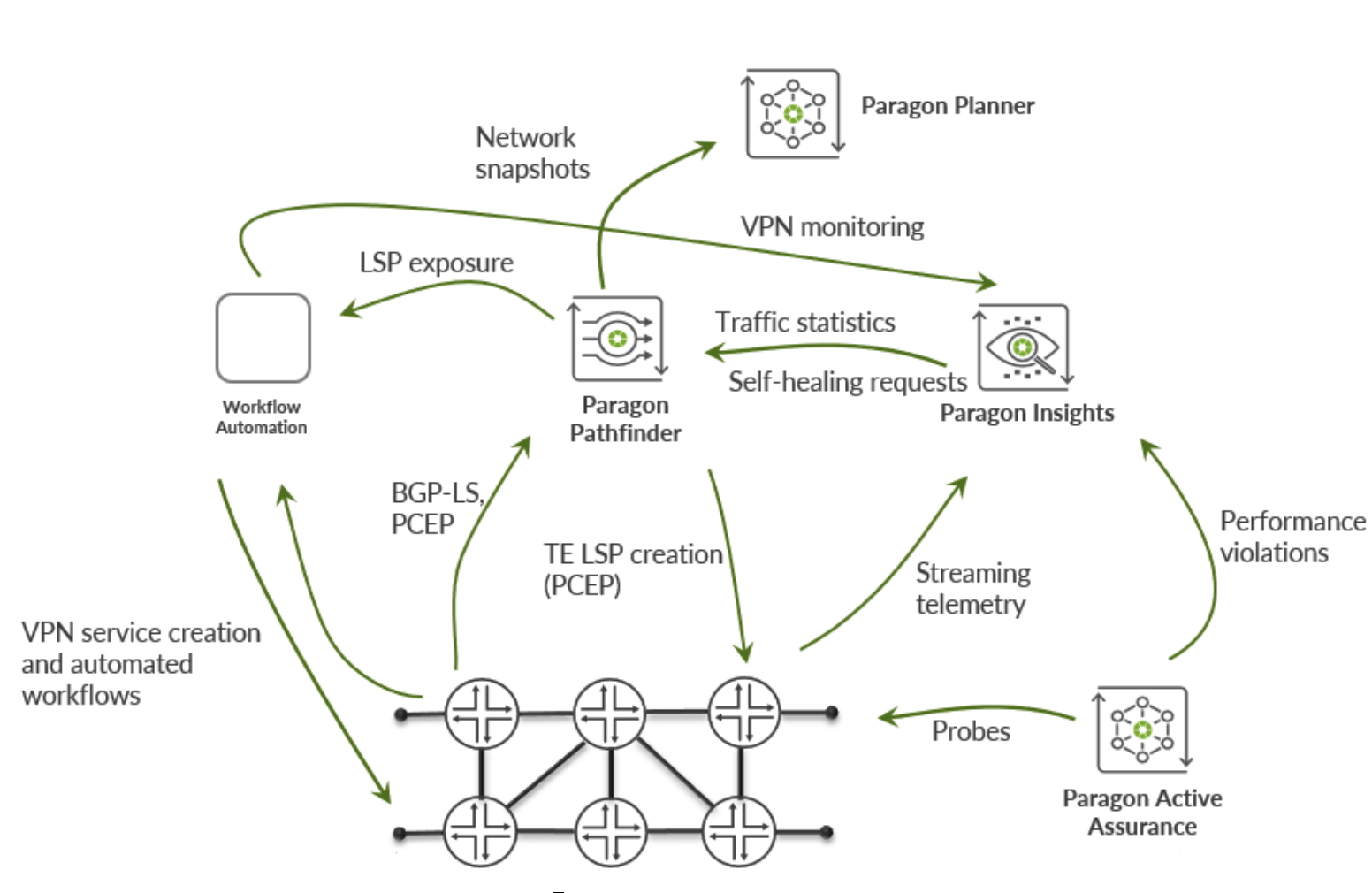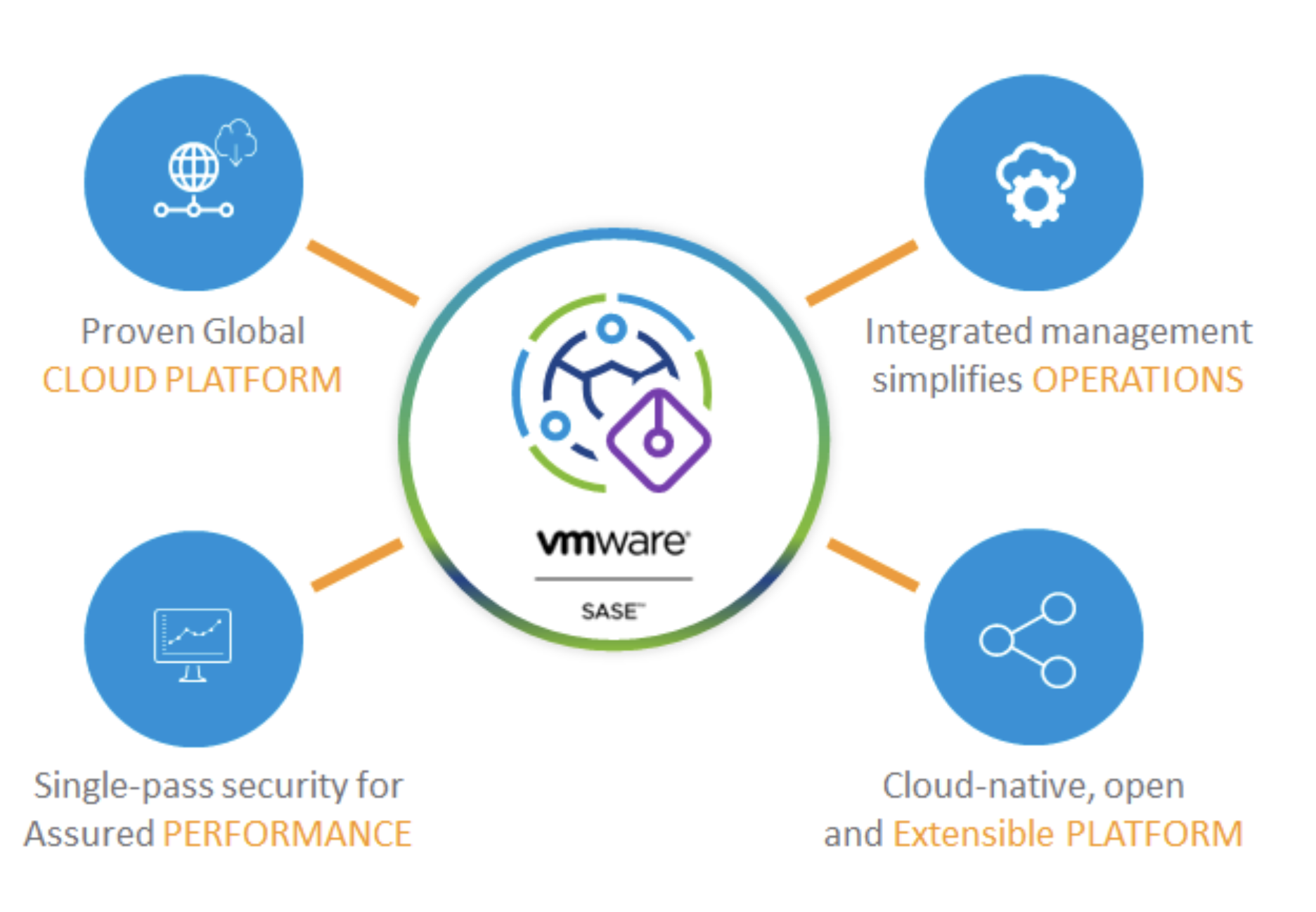Do enterprise organizations care what they’re plugging into so long as they get secure, reliable, fast, and cheap public WAN connectivity? In most cases, I don’t think they do. Whether it’s traditional MPLS terminating right at the branch or the latest SD-WAN device, what’s important isn’t the type of technology, but the business requirements the technology meets.
A discussion of SD-WAN will inevitably turn into a discussion of business needs. Yes, the technology itself is very interesting; I enjoy learning how a vendor probes paths for per-packet path selection and micro-segments flows based on application. These are important things to understand as an engineer and as an IT decision maker. Ultimately, however, the discussion will come down to how a particular SD-WAN solution meets a business’ needs better than a traditional WAN solution.
The Changing WAN Landscape
The entire paradigm of the way we do WAN is changing. Today, even small organizations utilize cloud and hybrid cloud technologies. More than ever before anyone who does business is keenly aware of the need for granular security control. And it’s no longer acceptable for it to take months to bring up a new branch location. Business moves much faster than that, and the technology needs to meet businesses where they are.
The needs that even small organizations have today surpass the legacy WAN’s ability to accommodate, at least easily. For example, a small medical practice with a couple dozen physicians and a few dozen more support staff spread over five locations has very similar business needs to a very large hospital system. Though small in size, the medical practice is still obligated to protect patient data at rest and in transit, secure credit card transactions, provide a means for seamless and high quality remote access, offer multi-tenancy solutions for partnerships with other medical practices, and have extremely resilient connectivity to the WAN and public internet with almost no tolerance for downtime.
Clearly the argument for SD-WAN isn’t based solely on cost. Indeed, the benefits of SD-WAN must be understood in the greater context of how this technology better meets today’s business requirements. In many cases, legacy WAN technology just can’t accommodate the way businesses operate today, and this makes the case for the software overlay of public internet very compelling. Utilizing the existing public WAN infrastructure just makes sense for a business operating in this brave new world of interconnectivity.
But we must consider that if even very small organizations have these business needs, how will they meet them? A small medical practice likely has a tiny IT department probably made up of two or three generalists. And though the organization has similar business (and therefore technical needs) as the local hospital system, they’ll be reluctant, if not unable, to pay for several high-priced network engineers.
Enter SD-WAN as a Service
This is why SD-WAN as a Service, the outsourcing of an organization’s SD-WAN solution to someone else, is an extremely attractive alternative for vast numbers of small to medium-sized businesses. In this model, normally an internet service provider or more likely a managed service provider, handles all the heavy lifting.
A fully managed SD-WAN solution outsources the complete management of SD-WAN devices at each location, the relationships to local service providers, and the visibility into WAN traffic. An organization would pay a monthly fee to the SD-WAN provider and no longer pay the local ISP. In this way, the SD-WAN provider is the ISP presenting an ethernet interface to the customer just as our favorite monolith ISPs have traditionally done.
Another model for SD-WAN as a Service gives the customer more control over the SD-WAN overlay. Instead of a fully managed service, a MSP in this case would give their customer some access into a management portal in which they can add new networks to advertise, make changes to traffic prioritization, and have visibility into their WAN traffic. This approach affords an enterprise just enough control to manage the daily, routine tasks of operating their WAN and the security-net of the MSP for management of the devices themselves and more advanced configuration.
An Evolution for Business WAN
I don’t think these models of WAN connectivity are new whatsoever. Haven’t many organizations been doing this very thing for years? Replace “SD-WAN” with service provider managed MPLS, VPLS, or whatever technology you prefer, and you’ll see that SD-WAN as a Service is simply a different means to provide customer connectivity at the provider edge. This model of WAN connectivity has long been the mainstay for small and medium-sized businesses looking simply for an ethernet handoff into a transparent WAN that someone else manages.
This is software-defined wide area network as a service. Smaller organizations without highly skilled, expensive engineering staff can meet their business requirements often treating the recurring cost as an operating expense rather than a capital expense. The technology meets actual business requirements in a way legacy WAN technologies can’t, and it doesn’t require millions of dollars in engineering staff.
Do organizations, especially smaller ones, really care what they’re plugging into so long as they get secure, reliable, fast, and cheap public WAN connectivity? Because what’s important isn’t the type of technology but way the technology meets business needs, I don’t think they do. Especially for small and medium-sized businesses, SD-WAN as a Service meets businesses right where they are.




